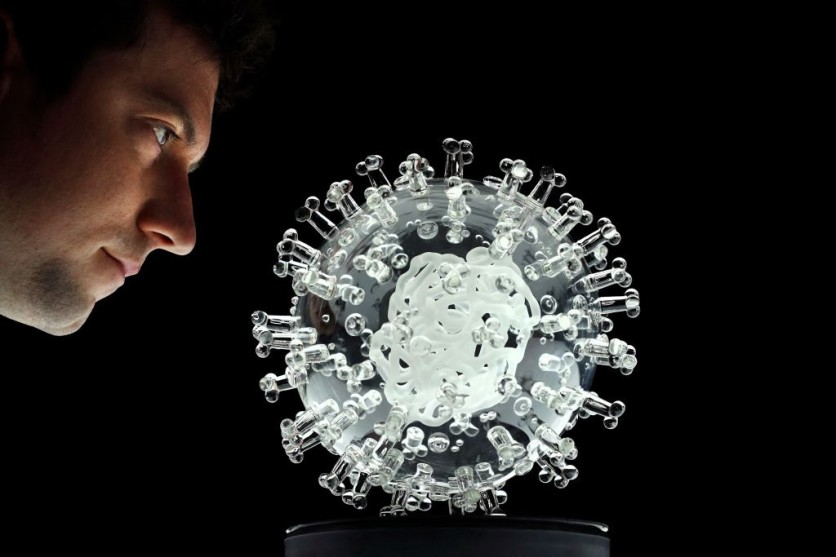In the lead-up to the winter holidays, a fresh subvariant of the Omicron strain, known as JN.1, is driving an escalation in COVID-19 infections and hospitalizations across the United States.
Infection Numbers Spike
The US is witnessing an upswing in COVID-19 cases and subsequent hospitalizations, with approximately 23,000 new COVID-related hospital admissions reported for the week concluding on December 9, according to US Centers for Disease Control & Prevention (CDC) data.
This surge is occurring concurrently with an increase in infections caused by other respiratory viruses like the flu and RSV, per the Wall Street Journal.
Hospitalization rates for COVID-19 are notably elevated for individuals aged 70 and older. Although the CDC foresaw hospitalization patterns aligning with the preceding fall and winter seasons, there were fewer COVID-19 hospital admissions in the last week compared to the same period last year.

JN.1 surfaced in August as a derivative of the original Omicron variant, specifically descending from the variant BA.2.86, often referred to as "Pirola." The World Health Organization (WHO) reports that, compared to BA.2.86, JN.1 exhibits a singular mutation difference in the spike protein.
Epidemiologist Emily Smith from George Washington University's Milken Institute School of Public Health suggests this spike protein mutation might provide JN.1 with a competitive advantage.
On Tuesday, the WHO officially categorized JN.1 as a "variant of interest." Despite this classification, the WHO currently considers the global public health risk associated with JN.1 to be low.
"Based on the available evidence, the additional global public health risk posed by JN.1 is currently evaluated as low," the global health organization stated, as quoted in a VOA report.
JN.1 has made its presence known in 41 countries, constituting 27% of global virus sequences as of December 3. Leading the tally of nations reporting significant JN.1 cases are the United States, France, Singapore, Canada, the United Kingdom, and Sweden. In the U.S., JN.1 accounted for 21% of cases by December 9, marking a substantial uptick from around 8% two weeks prior.
It’s the holiday season but it’s also respiratory virus season! You can take everyday actions to protect yourself & others from getting #flu, #COVID19, or #RSV.
— CDC (@CDCgov) December 20, 2023
CDC’s new page can tell you how these viruses are spreading & what to do if you feel sick. https://t.co/CZkqpJ5lKo pic.twitter.com/Hmcd7g5nn7
Symptoms, severity, and vaccination
No distinctive symptoms associated with JN.1 have been documented. The public should be on the lookout for typical COVID-19 symptoms, which include fever, sore throat, body pains, congestion, loss of taste and smell, and coughing. The CDC and WHO agree that JN.1 does not cause more severe illness than other circulating variations.
The existing array of COVID-19 vaccines, encompassing offerings from Pfizer, Moderna, and Novavax, is anticipated to furnish protection against JN.1, according to a CNN report. However, vaccination rates for the current season are notably low, with only about 18% of adults having received the latest COVID-19 vaccine by December 9, per CDC records.
Related Article: Teen Undergoes Surgery Due to COVID-19-Induced Vocal Cord Paralysis


![Apple Watch Series 10 [GPS 42mm]](https://d.techtimes.com/en/full/453899/apple-watch-series-10-gps-42mm.jpg?w=184&h=103&f=9fb3c2ea2db928c663d1d2eadbcb3e52)


